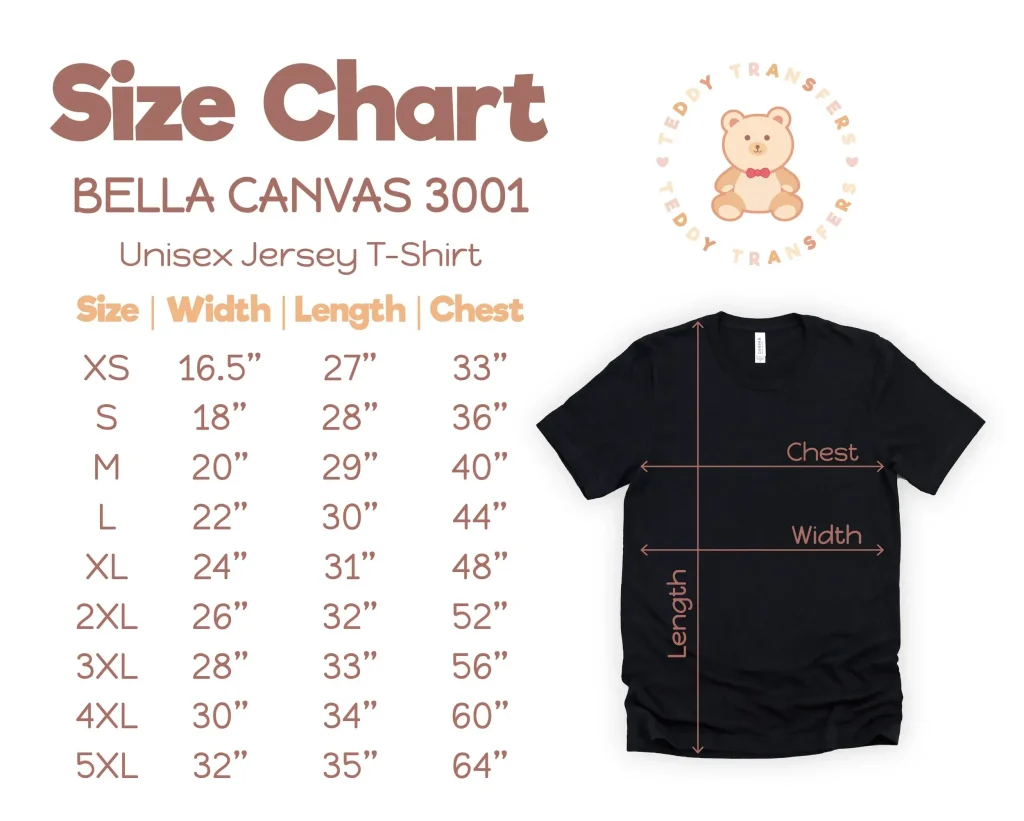DTF transfer by size is a crucial factor that directly influences the outcomes of Direct-to-Film (DTF) printing processes, especially in the bustling apparel industry. This innovative transfer printing technique allows designs to be printed onto a specialized film, which is then applied to various fabrics using heat and pressure. Understanding how the size of a DTF transfer impacts print quality is essential for achieving stunning results. Larger transfers can create striking visuals but may sacrifice intricate design details if not executed carefully. This article will delve into the significance of transfer size, providing insights and tips to help you perfect your DTF printing technique.
When discussing direct-to-film transfers, one may also encounter terms such as heat transfer printing or film transfer techniques. These alternative phrases capture the essence of the process, which entails transferring vibrant designs onto fabrics, primarily used in garment printing. Understanding the implications of transfer dimensions is key in this realm, as it directly affects elements like design clarity, precision in color application, and overall quality. Effective apparel decoration hinges on mastering these transfer techniques, ensuring that each printing job meets high standards of excellence and aesthetic appeal.
Understanding the Basics of DTF Printing
Direct-to-Film (DTF) printing offers a modern solution for fabric decoration, combining vibrant color application with the durability required for today’s apparel. In DTF printing, the design is first printed onto a special film, which is then heat transferred onto various garment materials. This method not only enables intricate designs but also allows for flexibility in production, making it a favored choice for both small and large-scale printing companies.
The real magic of DTF printing lies in how well it can reproduce fine details and colors, which is largely influenced by design resolution and transfer size. High-resolution designs ensure that even the smallest details are visible post-transfer. Moreover, larger DTF transfers can create stunning visual impacts; however, careful attention must be paid to ensure that these transfers do not compromise print quality, particularly when it comes to color vibrancy.
Frequently Asked Questions
What is the importance of transfer size in DTF printing?
The size of the DTF transfer is critical as it influences the visibility of design details and the vibrancy of colors. Larger transfers can make a design more eye-catching but risk losing intricate details if not optimized, while smaller transfers may limit design complexity. Striking a balance between size and design intent is essential for maintaining print quality.
How does design resolution impact DTF transfers by size?
Design resolution is vital in DTF printing, particularly when considering transfer size. For the best results, designs should be created at 300 DPI or higher, ensuring clarity and vibrancy during the transfer process regardless of the size. High resolution contributes to a professional finish and preserves the integrity of intricate details.
What are the best practices for applying larger DTF transfers?
For larger DTF transfers, preheating the fabric is recommended to enhance adhesion. It’s also important to adjust the heat press settings—applying adequate pressure and possibly extending the application time—to ensure complete bonding. Testing these settings with sample prints can lead to better outcomes.
Which fabrics are most suitable for different sizes of DTF transfers?
Cotton, polyester, and cotton-polyester blends work best for DTF printing. The performance of larger transfers can be affected by fabric color; for dark fabrics, use high-quality films that offer opacity to prevent color bleeding and ensure vibrant designs.
How can I streamline production for DTF transfers of various sizes?
Streamlining production involves pre-cutting the transfer film to the desired sizes and conducting sample tests before a full production run. These practices help reduce waste, enhance efficiency, and improve quality control by allowing adjustments based on trial results.
What recent innovations are improving DTF printing for larger transfers?
Recent advancements in DTF printing technology, including improved print head technologies, enable the production of larger transfers without compromising quality. Keeping updated on industry developments through training and resources can help maximize printing capabilities and improve outcomes.
| Aspect | Key Points |
|---|---|
| Importance of Size | The size of the DTF transfer affects design details, vibrancy, and compatibility with different fabrics. |
| Optimizing Techniques | 1. Use high-resolution designs (300 DPI or higher). 2. Preheat fabrics for better adhesion. 3. Adjust heat press settings for different sizes. |
| Best Fabrics | Cotton, polyester, and cotton-poly blends are ideal for DTF printing, especially for larger transfers on dark fabrics. |
| Production Workflow | Conduct sample tests before full production runs and pre-cut film to optimize efficiency. |
| Technological Innovations | Stay updated on advancements in DTF technology to maximize printing capabilities. |
Summary
DTF transfer by size is a critical factor in achieving premium printing results, especially when it comes to fabric applications. Understanding how transfer sizes impact print quality, design detail, and color vibrancy is essential for any printer looking to excel in this innovative printing technique. By focusing on high-resolution designs, effective preheating methods, and the correct adjustments to heat press settings, printers can ensure their transfers adhere well and look stunning. Furthermore, awareness of fabric interactions and ongoing technological advancements allows for improved efficiency and quality control in DTF projects. Thus, mastering the nuances of DTF transfer by size will empower you to deliver remarkable printing outcomes consistently.

